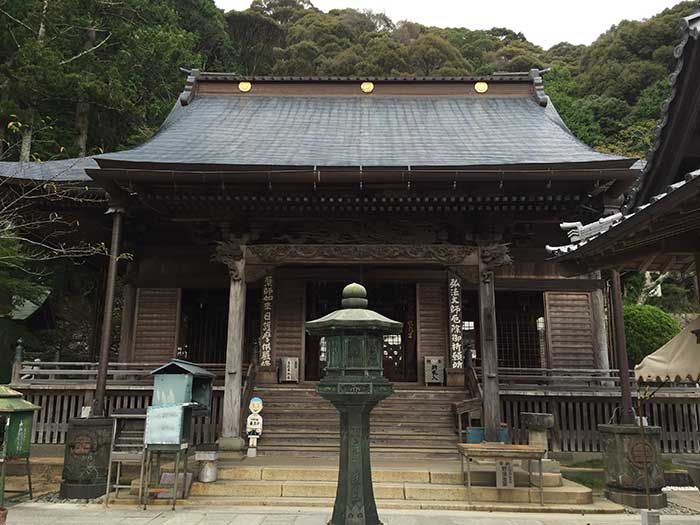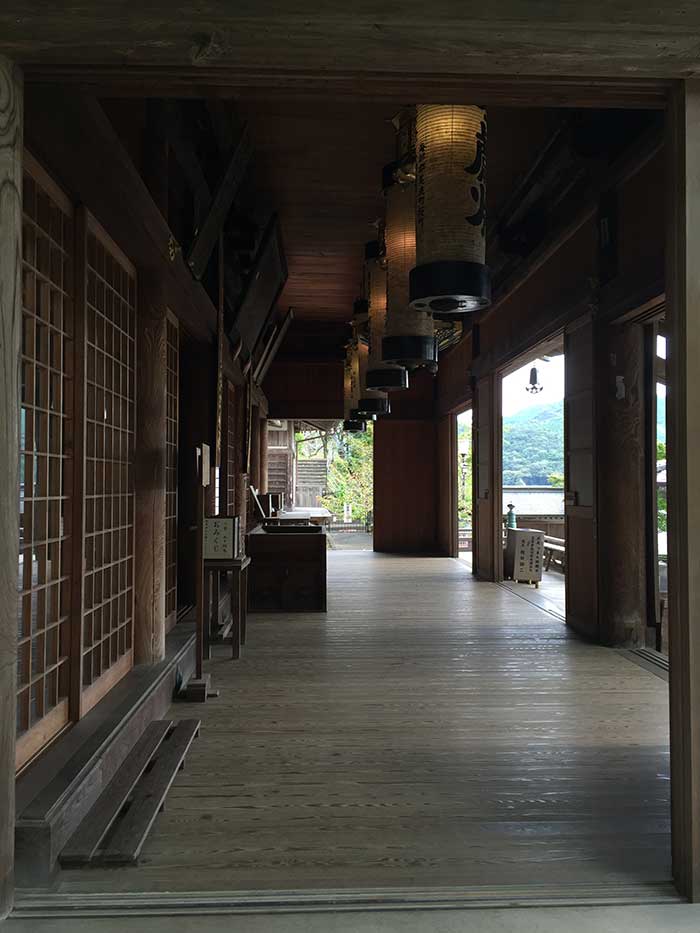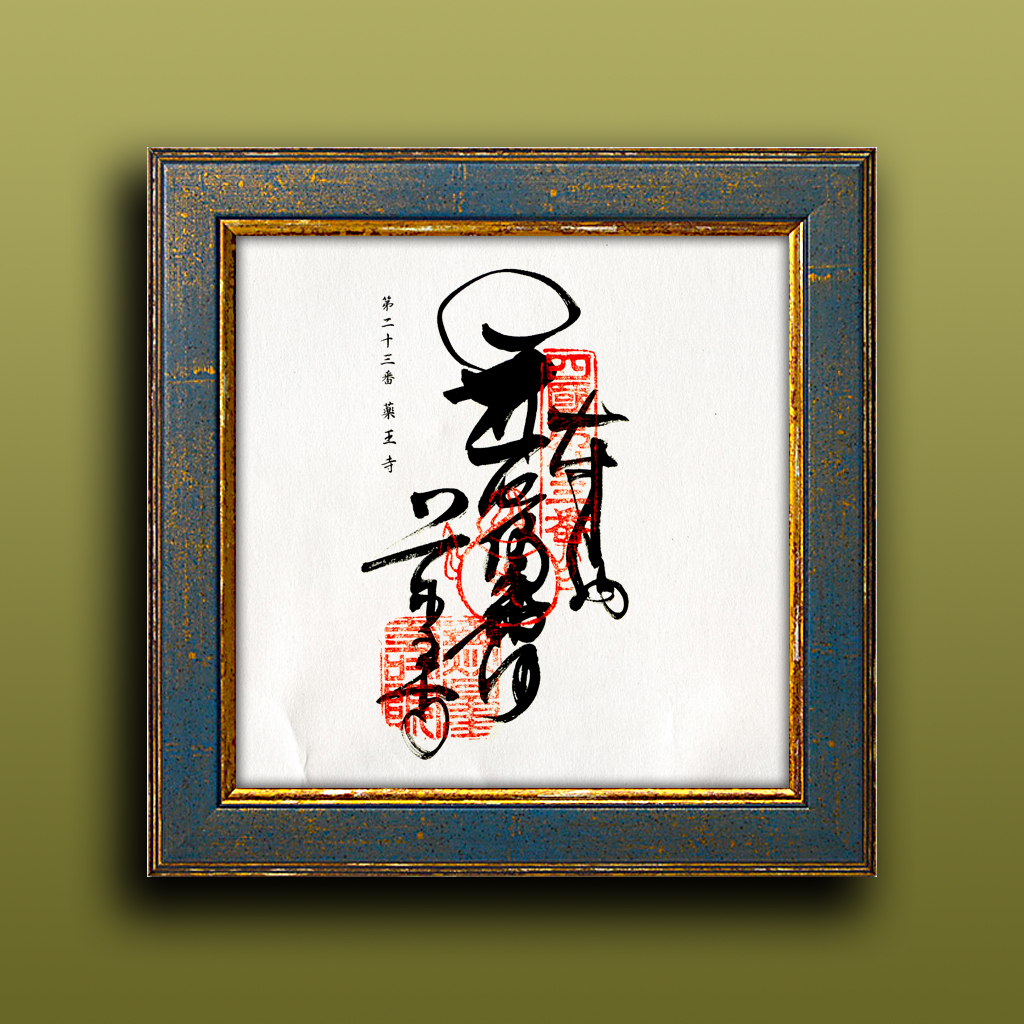Additional Information:
Statler says that this is one of the most popular temples on the pilgrimage, with half a million people visiting it each year. When you stop to think that the main pilgrimage season only lasts a little more than two months, you get an idea of how crowded it can get.
Founded by Gyōgi in the 8th century, this temple is known as the temple 'par excellence' for protecting yourself from the dangers of misfortunes (Yaku-yoke) due to your age. At the age of 42, Kōbō Daishi performed a great exorcism here to prevent public disaster. He also, on the orders of Emperor Heijō, carved statues of Yakushi and twelve other gods of the sun, moon, and stars to turn aside the dangers associated with his being 42 years old. The honzon is popularly known as the Backward-facing Yakushi (Ushiromuki Yakushi).
Since the time of Kōbō Daishi, emperors have often sent embassies here to pray and exorcise, and the temple has been under special government control.
It is believed that women at the age of 19 or 33, and men at the age of 42 or 61, are particularly prone to bad luck. The years of greatest danger are:
Men: 41, 42, and 61.
Women: 32, 33, and 61.
And, before you think you are safe in other years, for both men and women, the years of lesser danger are:
1, 6, 7, 15, 16, 19, 24, 25, 28, 34, 37, 43, 46, 51, 52, 55, 60, 64, 69, 70, 78, 79, and 82.
It is thought that you can turn aside ill fate (yaku) and bring good fortune by, in part, reciting the Mantra of Yakushi and placing a coin on each of the steps as you walk up the stairs leading to the temple on Yakuyoke hill (42 steps on the men's side and 33 steps on the women's side). The steps are said to contain 1000 consecrated copies of the Sutra of Yakushi, each character written on a pebble. The final climb to the hondō has an additional 61 steps, the worst age for both men and women.
The temple is also dedicated to the safety of sailors and the numerous model ships around the temple compound represent ships saved by the power of Yakushi.
The 28 pillars of the hondō represent the 28 astral deities. When the temple burned down in 1188, the honzon was seen to fly away to the distant hillside of Mt. Tamazushi. A new statue was carved when the temple was rebuilt, but during the dedication ceremony the original statue flew back. Both statues now sit in the temple, back to back.
Yakuōji offers a beautiful view of Hiwasa Bay and Hiwasa Castle from the viewing area around the pagoda. The small islands in the bay make for a great picture, but don't be fooled by the castle — i read that it was only built in the 1960s to attract tourists.
Bangai Temple 4 is on the road between Temples 23 and 24; you don't have to go out of the way at all. When you get to Sabase, you'll see signs pointing you to the right. Look for the signs to Sabase Eki (train station) because you turn right and walk right past the station, which is nothing but a platform and shelter.





